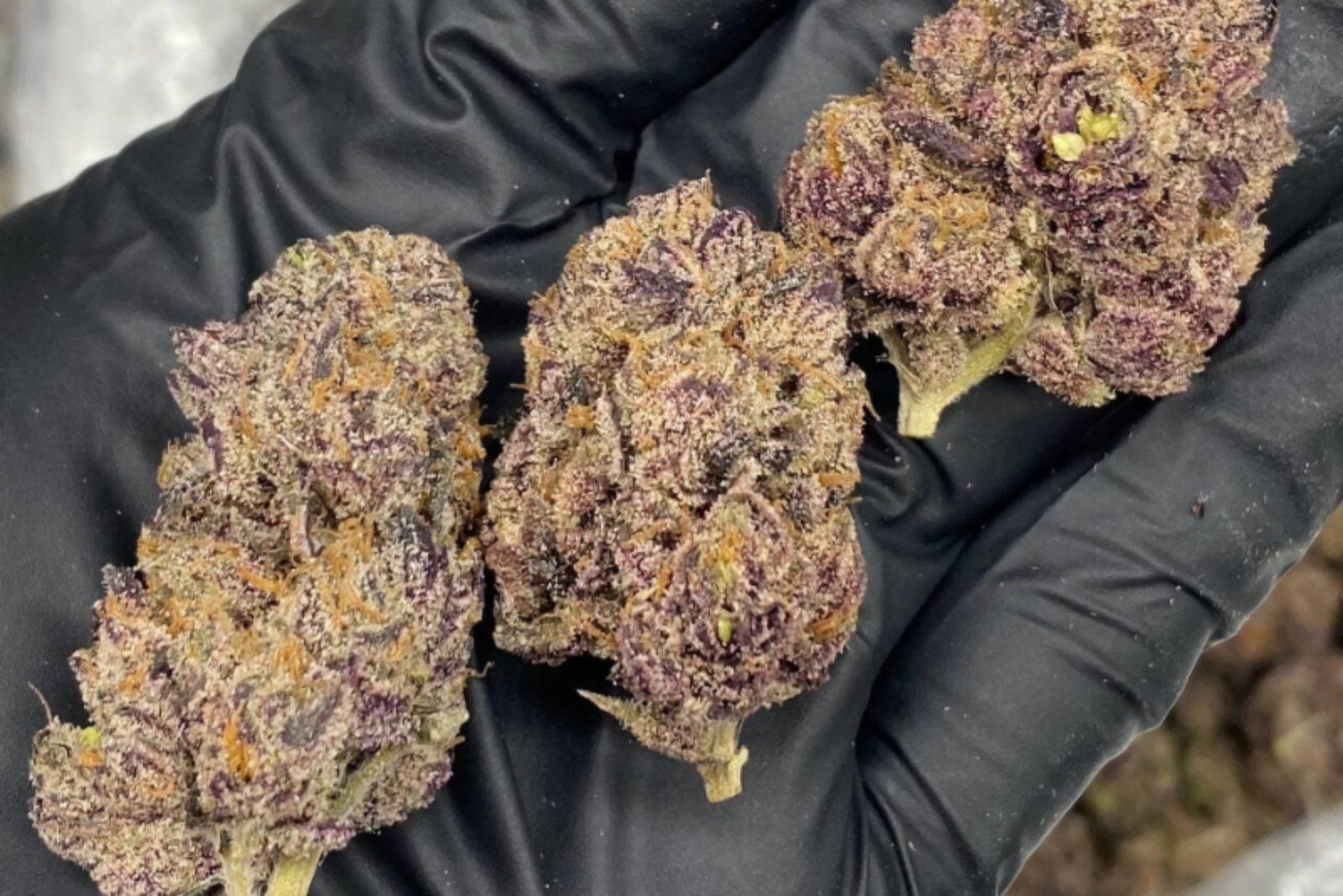
The difference between the two strains of marijuana is about as well known as anything about the plant. But when it really comes down to it, it doesn’t seem like this difference holds much water.
For one, the origin of the separation was entirely unscientific. In the 1700’s, a French biologist named Jean-Baptiste Lamarck had given the strains different names because of their differing appearances. One was shorter with broad leaves (indica), the other was tall with thinner leaves (sativa). That’s all. A little difficult to discern how each of them are going to make you feel judging solely by their look. Nonetheless, the categorization has stuck around.
A study from 2022 looked into the matter, and found that after studying the chemical profiles of over 90,000 flower samples, no consistent difference was found to match the categories. The same thing was found in another study.
Instead, the 2022 study found that the labels themselves account for a bias when ingesting certain plants, and THIS is what effects your experience more than a simple two-pronged categorization.
What you bring to a cannabis experience is just as potent as the plant itself, and this phenomenon (which I’m sure many of you will insist is still true based on your experience) is a fantastic lesson in headspace management.
This isn’t to say there aren’t different experiences based on the plant. There are some who are campaigning for a more complex classification of strains that take all of the chemical substances within the plant into factor. For instance, terpenes may have an outsize effect on your experience, with the terpene myrcene enhancing psychoactive effects, and the terpene limonene elevating mood and stress relief. Neither of these are specific to any single strain.
Now you, too, can be that snob at a party who starts off a very interesting tidbit about cannabis with the prefix “You know…” whenever the topic is broached.
Read the original article at Benzinga.











